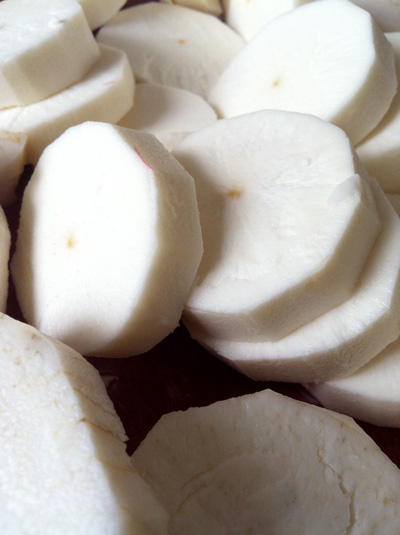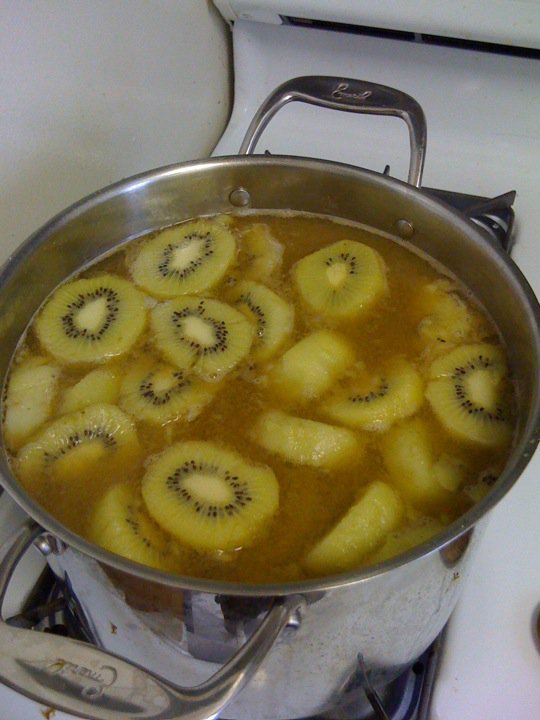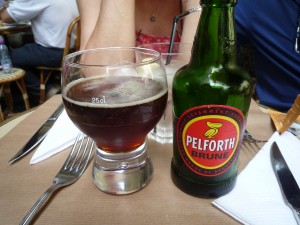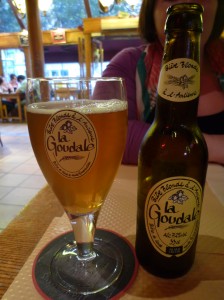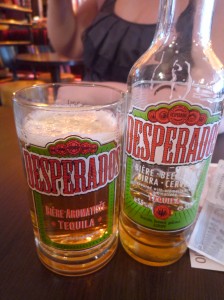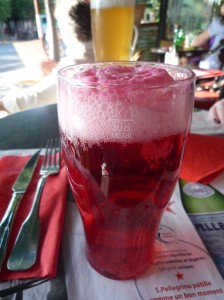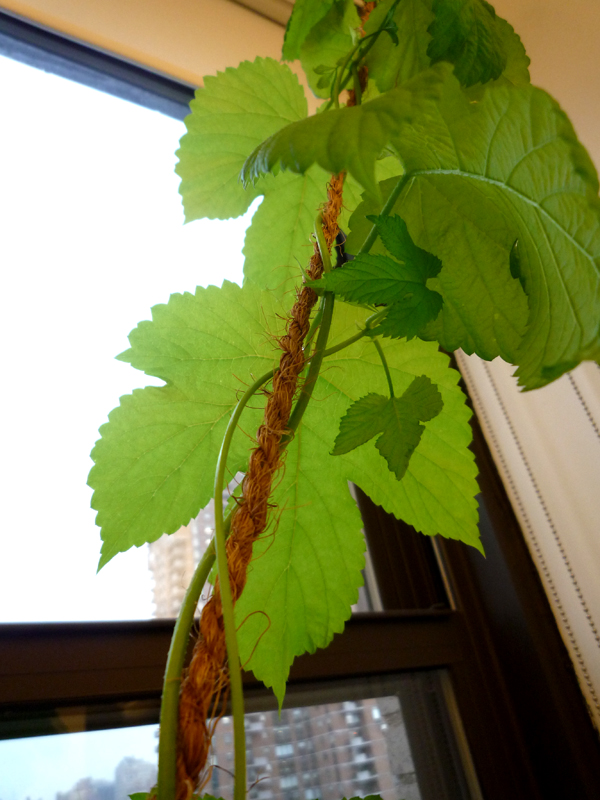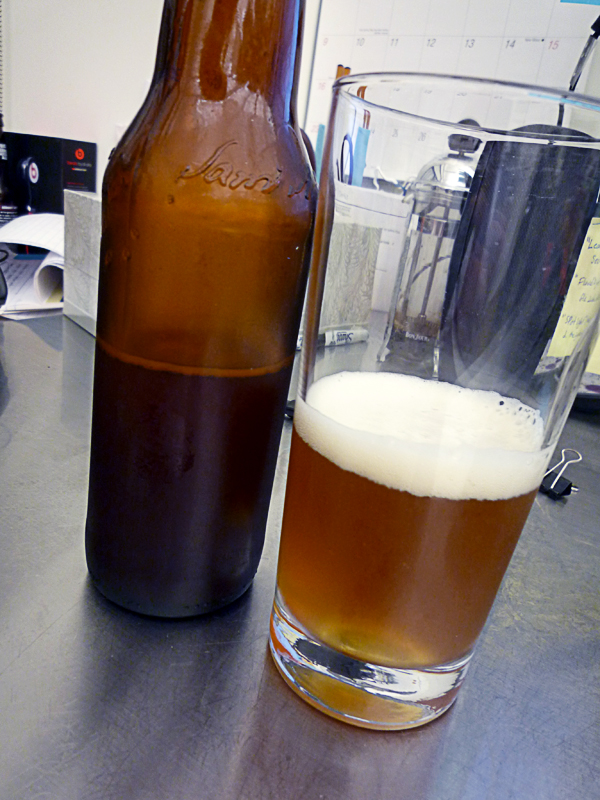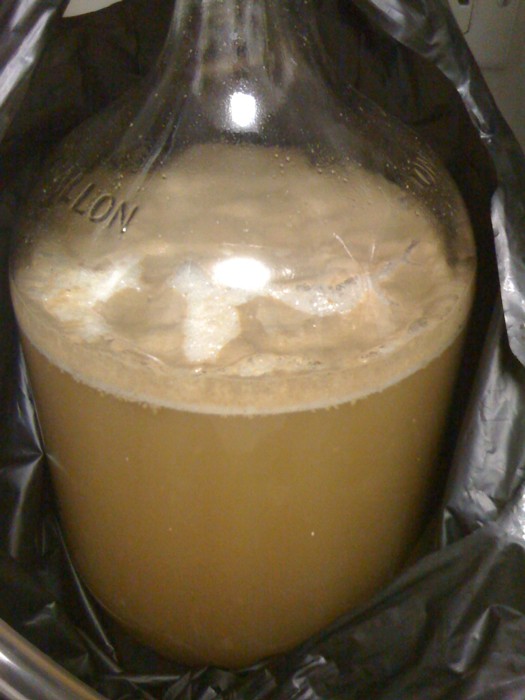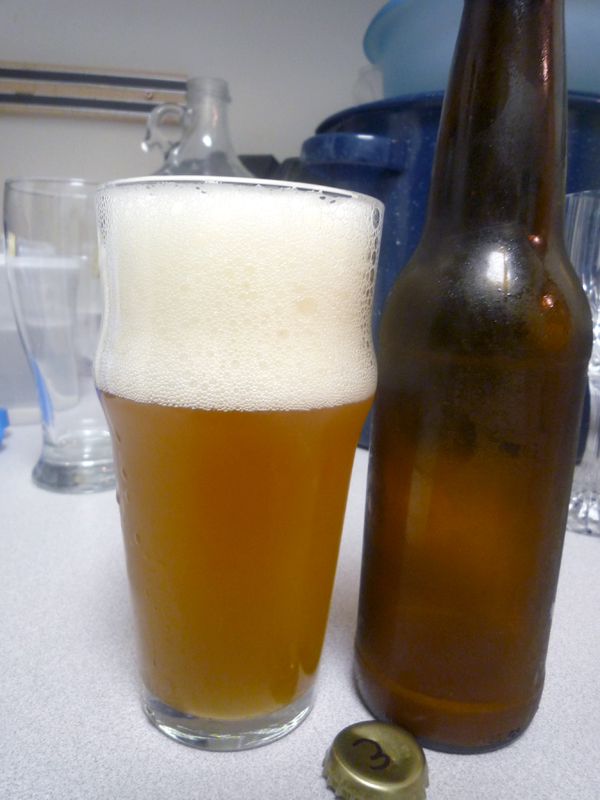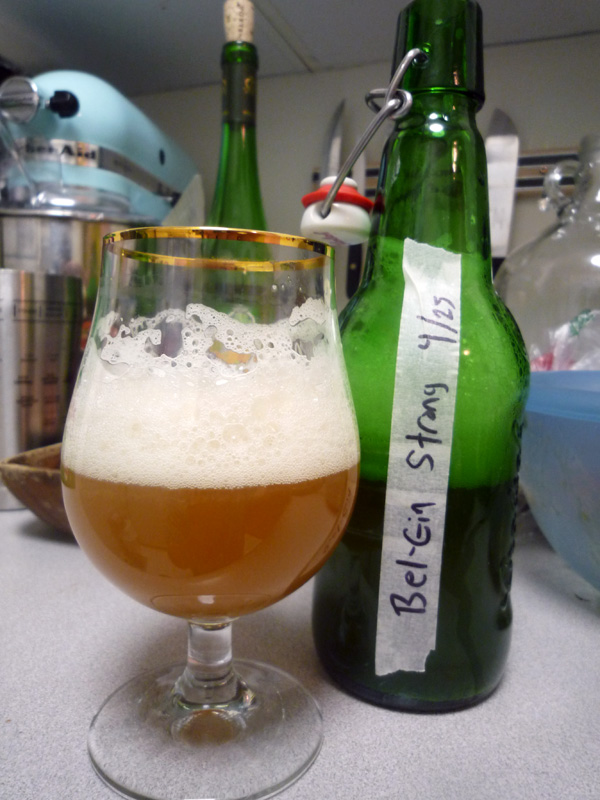Pombe (Banana Beer)
As mentioned previously, I’ve been reading about beer in different cultures in Sacred and Herbal Healing Beers: The Secrets of Ancient Fermentation by Stephen Harrod Buhner [Amazon]. One beer that caught my interest is Pombe, which is an African tribal beer brewed with bananas and millet. I based my recipe off a one that I found in the book.
The original traditional recipe goes a little like the following. First, a whole lot of bananas are mashed up. Then, they are put in a large wooden bowl and left for about 5 days to ferment naturally. After the 5 days have passed, water is added to the banana mash and is left to sit for another day. Then a more traditional mash is made with germinated millet seed. The millet is ground pretty fine, so the mixture is kind of doughy. The wort isn’t heated and instead is mixed with the banana water with the grains still in it. It sits over night and the following day is consumed.
I figured if I left a bowl of banana mush out for a week that 1. my apartment would smell like bananas 2. the bananas would just end up getting moldy and 3. the bananas would end up getting cat in them. So instead, I took about 3 bunches of bananas that were almost banana bread ripe and put them in the Kitchen Aid and pureed them. I then cooked them down a little. I poured that into a half gallon jug, which was pretty much filled up, added yeast, and left it to ferment overnight. Around 3 AM I awoke to a high pitch squealing noise. The banana was bubbling up though the airlock and clogging it, so I proceeded to remove the rubber stopper. What I failed to realize at the time was the noise was due to the immense pressure building up inside, which once the stopper was removed resulted in a geyser of pureed banana that ended up all over the ceiling. Needless to say, that batch got ruined.
The second time around, I put the banana mush into a 1 gallon fermented, which allowed for enough room for the banana to bubble up without clogging anything. After about a week of just letting the bananas ferment, I made a mash of barley and millet. As mentioned above, millet is the traditional ingredient, however it is difficult to find it malted. So instead I used a portion of barley to provide the enzymes needed for the starch conversion.
After the mash, I boiled the wort like normal and added a little bit of hops, which is not apart of the original recipe. As the wort cooled, I mixed the banana mash with water to extract the banana juices. I then mixed the grain wort with the banana juice, added yeast, and stuck it back in the fermenter for two weeks. I primed bottles with honey and let them sit about a month.
The result is interesting. It pretty much taste like banana bread. Not really something I would want to drink a lot of because, well, it taste like bananas. But I am curious to how else I could brew this – perhaps with chocolate malt? I want to see if I can make something more sessionable based on this, maybe just based on using a little banana and a lot of millet. I think a perfect nerd name for this would be Tali Me Bananas…

